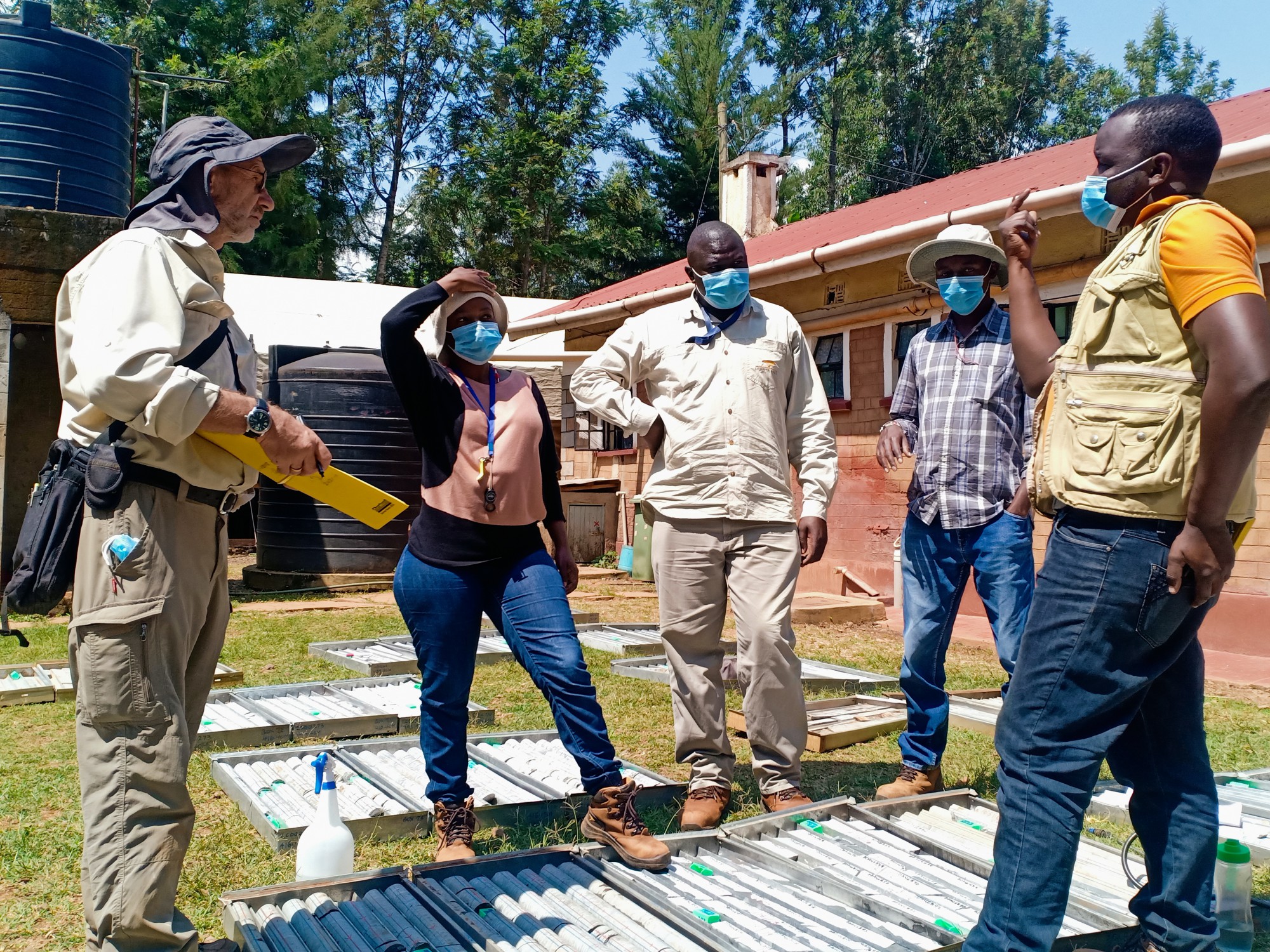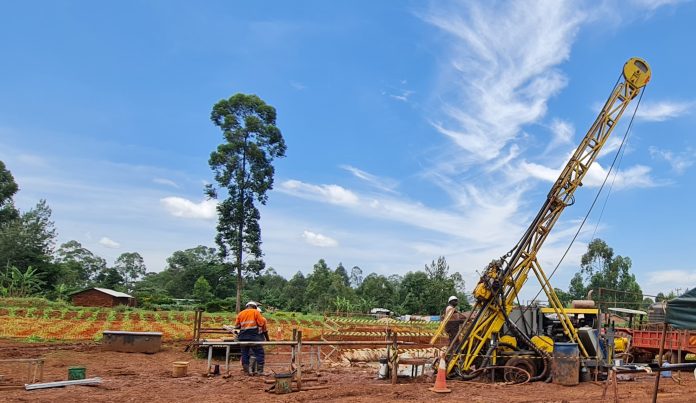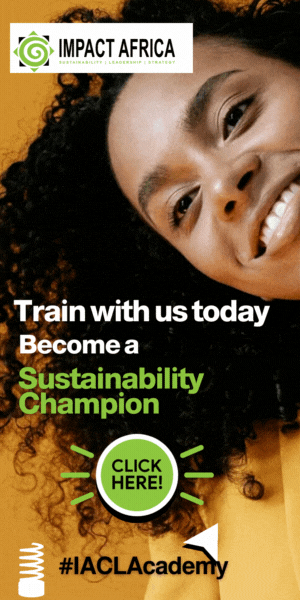The discovery of gold deposits valued at approximately Sh680 billion in Kakamega County has drawn national and regional attention, positioning western Kenya as a potential focal point for industrial-scale gold mining while reviving debate over the balance between economic growth, environmental protection, and community rights.
According to an Environmental Impact Assessment (EIA) report submitted to Kenya’s National Environment Management Authority (NEMA), the Isulu–Bushiangala Underground Mining Project being developed by UK-based Shanta Gold confirmed a combined gold resource of 1.3 million ounces, with an average grade of 11.43 grams per tone (g/t). The mine is projected to operate for eight years, requiring a capital investment of Sh27 billion and annual operating costs of Sh2.5 billion.
Government projections indicate expected earnings of Sh607.2 million in royalties and an additional Sh193.8 million through the Mineral Development Levy over the project’s lifespan.

Situated in Ikolomani Constituency in Kakamega County (Western Kenya), the project spans parts of Idakho North and Idakho Central wards, historically known for artisanal gold mining. The shift toward mechanized underground extraction could bring formal employment opportunities, infrastructure expansion, and skills transfer to the region. The transition also raises concerns over land displacement, resettlement logistics, and potential impacts on agricultural and ecological systems that support local livelihoods.
The EIA report notes that land acquisition and resettlement processes will adhere to Kenyan land laws and the International Finance Corporation (IFC) Performance Standard 5 on Land Acquisition and Involuntary Resettlement. A Resettlement Policy Framework (RPF) has been developed to guide compensation and asset restoration, while a detailed Resettlement Action Plan (RAP) is to be finalized before construction begins.
The framework emphasizes the need to avoid involuntary displacement where possible and to ensure full compensation for loss of land, property, and cultural heritage where relocation becomes unavoidable.
Implementation of the Isulu–Bushiangala gold project has, however, faced procedural delays. On Tuesday, NEMA announced the cancellation of a scheduled public participation forum that was to be held at Bushiangala Technical Training Institute in Kenya’s Kakamega South Sub-County. The Authority cited “unavoidable circumstances” that would have hindered “free, fair, inclusive, and meaningful participation by all affected and interested parties.”
In its public notice, NEMA reaffirmed that environmental hearings are designed to safeguard the constitutional right to public participation as enshrined in Regulation 22 of the Environmental (Impact Assessment and Audit) Regulations, 2003, and that a new date would be communicated.
The cancellation comes amid heightened scrutiny of how Kenya manages public consultation in extractive projects. Public participation is central to environmental governance, particularly in contexts where mining intersects with community livelihoods, water systems, and biodiversity. Analysts note that beyond compliance, the quality of participation determines the legitimacy of mining projects and the long-term trust between companies, regulators, and local communities.
Kenya’s mining history underscores why procedural integrity matters. Previous extractive ventures in Kwale, Taita-Taveta, and Turkana counties revealed structural gaps in environmental monitoring, benefit-sharing, and post-closure rehabilitation. Those experiences inform calls for stronger oversight of the Kakamega gold discovery, especially regarding tailings management, waste rock disposal, and groundwater protection. The Isulu–Bushiangala area lies within a catchment zone that supports smallholder farming and domestic water use, heightening the need for stringent safeguards against contamination.
From a sustainability standpoint, the newly confirmed gold resource presents both economic potential and ecological risk. Underground mining, while less visually disruptive than open-pit methods, still carries challenges in waste management, energy use, and occupational safety. Incorporating renewable energy in power supply, adopting closed-loop water recycling systems, and ensuring progressive rehabilitation of disturbed land could align the project with Kenya’s Green Economy Strategy and Implementation Plan (GESIP) and the Africa Mining Vision, which advocate climate-resilient and socially inclusive resource development.
Economically, the project could boost county-level revenue and generate several hundred direct and indirect jobs once operational. Local contractors are likely to benefit from infrastructure construction and logistical supply chains, while new roads and energy connections could enhance regional connectivity. However, sustainability analysts caution that the long-term value of the Kakamega gold discovery will depend on transparent fiscal management, equitable benefit distribution, and the inclusion of local stakeholders in decision-making processes.
The project coincides with Kenya’s ongoing reform of its extractive policy framework. The Mining (Local Equity Participation) Regulations 2024, now under final review, aim to increase community ownership and ensure a defined share of mining profits remains within host counties. How these regulations are applied to the Isulu–Bushiangala project will test Kenya’s ability to translate policy ambition into equitable outcomes.
Read also: Ghana breaks ground on 200MW Solar Plant, targeting 1,000MW by 2032
NEMA’s forthcoming steps; particularly rescheduling the public hearings and reviewing submissions from community representatives and environmental experts, will shape the project’s social license to operate. Ensuring a transparent and well-documented consultation process will be key to maintaining public confidence and attracting sustainable investment to the mining sector.
The Kakamega gold discovery demonstrates the scale of the country’s mineral potential but also exposes the governance and environmental frameworks that must evolve to manage that potential responsibly.
Engage with us on LinkedIn: Africa Sustainability Matters






